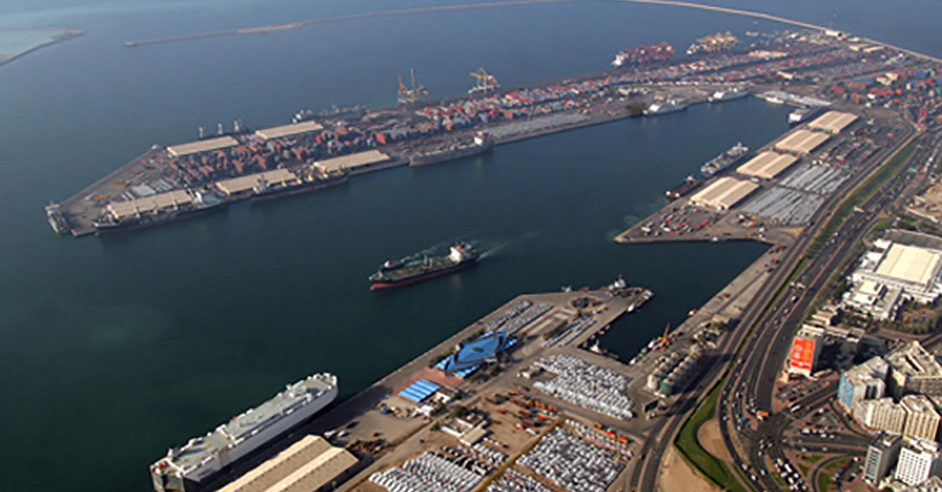AD Ports Group, a leading facilitator of global trade, logistics, and industry, today announced the completion of the acquisition process of the Tbilisi Dry Port, which sees the Group become the majority owner with a 60% stake.
The state-of-the-art, rail-linked, and custom bonded intermodal logistics hub, in Georgia – scheduled to be operational in October 2024 – further strengthens the Group’s role in connecting Asia and Europe, via the Middle Trade Corridor, linking manufacturing centres in Western Asia to the consumer markets of Eastern Europe, by efficiently leveraging a network of sea and dry ports across Kazakhstan, Azerbaijan, Armenia, Georgia and Türkiye.
The new hub is strategically positioned between the Caspian Sea and Black Sea, at the heart of the Middle Corridor, and integrates multiple facilities including a container freight station, warehouses and a car storage park. Serving as a crucial point of entry, exit, and regional transit, it accommodates manufactures, shippers and consignees moving containers, vehicles and various goods for distribution and storage. The project has direct westward railway links to Türkiye and Georgian ports of Poti and Batumi, further connecting European Black Sea ports in Bulgaria and Romania.
The project will be completed in three phases. By the end of the initial phase, the handling capacity is expected to reach 96,500 TEUs, with 10,000 sqm of warehouse and a car storage yard. Upon the completion of phase three, the project will have a handling capacity of 286,000 TEU, 100,000 sqm of warehouse and a significantly expanded car storage yard. Further land plots have already been secured and can be developed as and when needed.
The Middle Corridor is regarded as the shortest trade route between Asia and Europe, covering approximately 7,000 km and requiring a journey of 10 to 15 days. The existing Northern Corridor covers about 10,000 km overland, requiring 15 to 20 days, while the Southern Ocean Route spans approximately 20,000 km, requiring a sea voyage of 45-60 days. The Middle Corridor is expected to serve considerable growth in container volumes, which has the potential to reach 1.9 million TEUs by 2040.
Source: Port News





